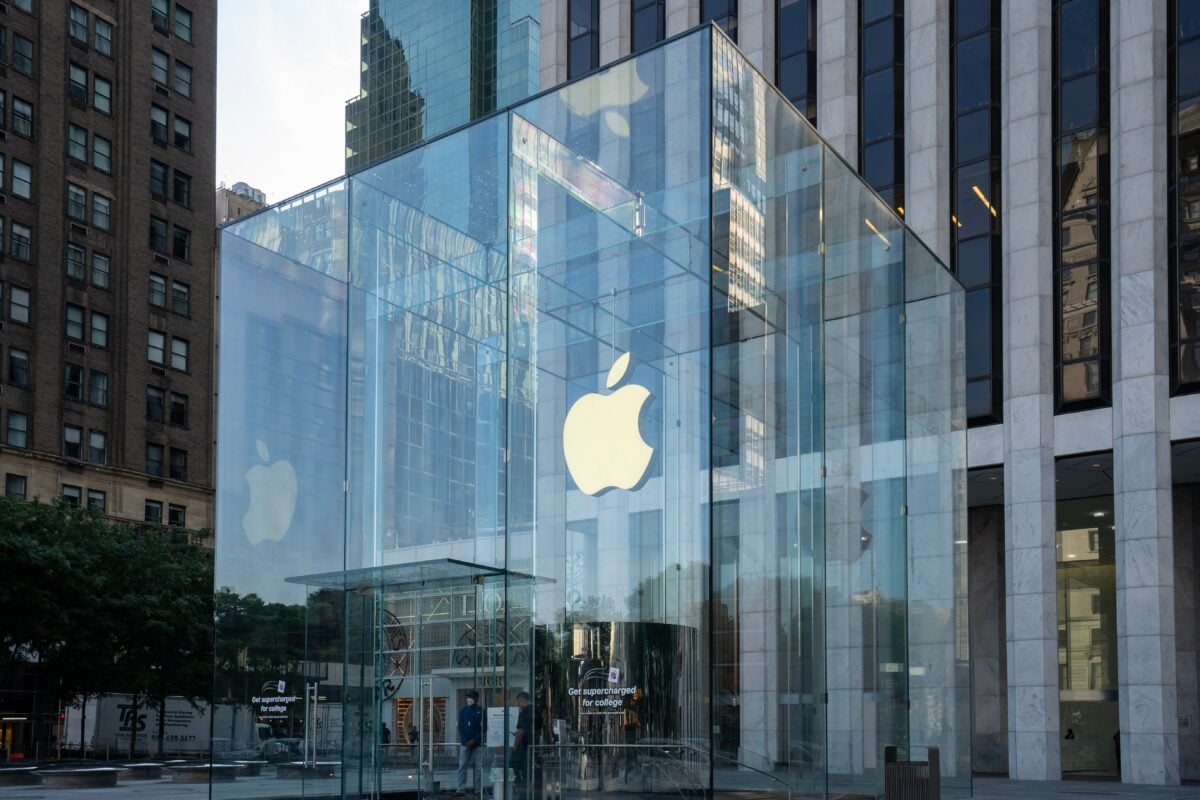TLDRs;
- Apple surpasses 3 billion iPhones shipped since 2007, CEO Tim Cook confirms during Q3 earnings call.
- Company posts $94 billion in revenue, driven by double-digit iPhone growth despite global market slowdown.
- Shipment pace accelerates: Apple hits third billion in just four years, fastest yet amid market maturity.
- Supply chain shift to India, Vietnam shows resilience against tariffs, with minimal price impact on consumers.
Apple has officially surpassed 3 billion iPhones shipped since the product’s debut in 2007, marking a monumental moment in the company’s history.
The announcement came from CEO Tim Cook during Apple’s third-quarter earnings call, where he emphasized the iPhone’s enduring significance in the tech ecosystem and its contribution to the company’s performance.
The iPhone, once a disruptive innovation, has become the cornerstone of Apple’s global success. Over the years, Apple has not only navigated evolving market trends but has also accelerated its shipment pace. It took nine years to reach the first billion units (2007–2016), five years for the second (2016–2021), and just four years for the third (2021–2025). This momentum comes despite increasing smartphone market maturity and global shipment declines.
Strong Financials Despite Market Pressures
Apple reported $94 billion in revenue for the quarter ending June 2025, representing a 10% year-on-year increase. iPhone revenue alone accounted for $44.6 billion, nearly half of the company’s total, and saw double-digit growth.
This solid performance comes amid industry-wide challenges like tariff costs, supply chain disruptions, and slowing device sales in some global regions.
Notably, Apple’s iPhone sales rose 2.2% in the quarter, aided by an 8% sales jump in China, attributed partly to local promotional events such as the 618 shopping festival. Analysts had earlier projected Q3 revenue to hit $89.34 billion, but the actual results surpassed expectations.
Meanwhile, Apple’s services segment continued to grow, now making up 10.7% of total revenue, an increasingly critical revenue pillar as hardware margins tighten.
Supply Chain Evolution
To mitigate tariff-related expenses, which hit $800 million in Q3 and are projected to rise to $1.1 billion in Q4, Apple has aggressively diversified its manufacturing footprint.
The company has expanded production in India and Vietnam, reducing dependency on China. Cook noted that by June 2025, over half of U.S.-bound iPhones could be sourced from India.
This long-term supply chain strategy is not merely reactive. Strategic planning began years in advance and has already driven a 240% increase in Indian smartphone production during Q2 2025. Despite the pressure of tariffs and geopolitical uncertainty, Apple has avoided passing these costs on to consumers, maintaining product pricing stability.
Next iPhone Launch on the Horizon
With Apple’s next-generation iPhone models expected in September, the company shows no signs of slowing down. Tim Cook’s tone during the earnings call was optimistic, noting that product strength, not panic-buying, continues to fuel demand.
As Apple crosses the 3 billion iPhone threshold, it underscores a broader trend: while the global smartphone market may be slowing, Apple’s ability to capture value and grow remains unmatched. The company’s combination of premium product strategy, global operational agility, and ecosystem loyalty keeps it at the forefront of the tech industry.






